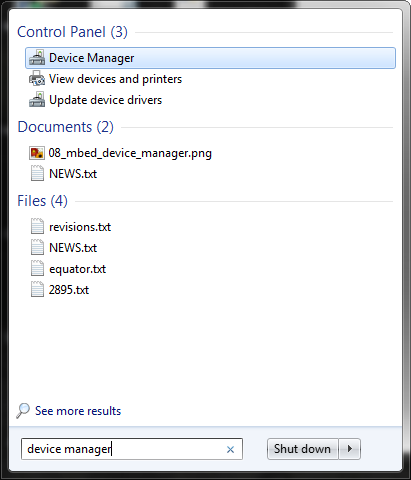

You will also need to connect the Ground pins of the two devices together. To connect to another serial device, you connect the 'transmit' of one to the 'receive' of the other, and vice versa. Terminal should open now.The Raspberry Pi serial port consists of two signals (a 'transmit' signal, TxD and a 'receive' signal RxD) made available on the GPIO header. Press while "Session" tree item is selected (like written in the first answer post).

When you start PUTTY the next time you can select these settings again and them. Settings of previous list points plus some additional settings, you have specified, are stored now. Session settings (specified in the "Serial" tree item) are globally stored in PUTTY and may have been planned to be started from "Serial" - which does not work - or from "Session".Įnter a name of your choice into the field "Session->Saved Sessions" and press. Com-Port and Baud-Rate (see list point "1") may appear in the sesssion form. Next select the "Session" tree item and change the type of the session (maybe former "SSH" or "Telnet" to "Serial" (not in the tree this time but "Serial" in the form with the session settings). First of all consider the correct name of the COM-Port which you can find in the device manager (hardware manager) of windows and the baud rate. Then enter the connection data of your choice into the form on the right side. Select the "Serial" tree item in PUTTY on the left side of the little window. Voltages measured when connected an may vare from -3V to -15V but only if no data are beeing sent.

More details to the above solution (using "Session" instead of "Serial")


 0 kommentar(er)
0 kommentar(er)
